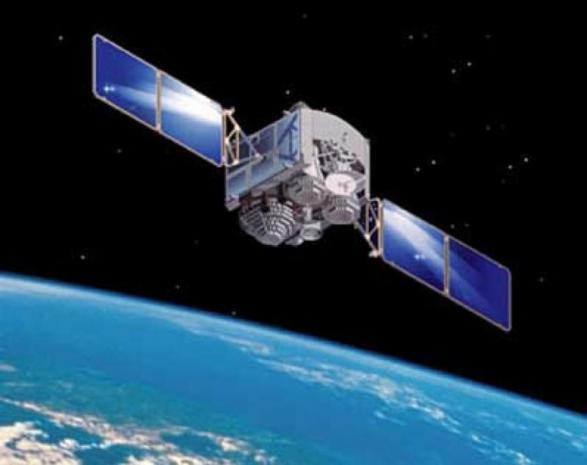
Breaking News
 Backed by Tech Billionaires, Silicon Valley Startup Quietly Weighs Plan...
Backed by Tech Billionaires, Silicon Valley Startup Quietly Weighs Plan...
 Dentistry Lies Things Your Dentist Won't Tell You!
Dentistry Lies Things Your Dentist Won't Tell You!
 Two massive quakes in 48 hours spark 'megaquake week' warnings
Two massive quakes in 48 hours spark 'megaquake week' warnings
 America's Rapidly Growing Happiness Deficit
America's Rapidly Growing Happiness Deficit
Top Tech News
 This tiny dev board is packed with features for ambitious makers
This tiny dev board is packed with features for ambitious makers
 Scientists Discover Gel to Regrow Tooth Enamel
Scientists Discover Gel to Regrow Tooth Enamel
 Vitamin C and Dandelion Root Killing Cancer Cells -- as Former CDC Director Calls for COVID-19...
Vitamin C and Dandelion Root Killing Cancer Cells -- as Former CDC Director Calls for COVID-19...
 Galactic Brain: US firm plans space-based data centers, power grid to challenge China
Galactic Brain: US firm plans space-based data centers, power grid to challenge China
 A microbial cleanup for glyphosate just earned a patent. Here's why that matters
A microbial cleanup for glyphosate just earned a patent. Here's why that matters
 Japan Breaks Internet Speed Record with 5 Million Times Faster Data Transfer
Japan Breaks Internet Speed Record with 5 Million Times Faster Data Transfer
 Advanced Propulsion Resources Part 1 of 2
Advanced Propulsion Resources Part 1 of 2
 PulsarFusion a forward-thinking UK aerospace company, is pushing the boundaries of space travel...
PulsarFusion a forward-thinking UK aerospace company, is pushing the boundaries of space travel...
 Dinky little laser box throws big-screen entertainment from inches away
Dinky little laser box throws big-screen entertainment from inches away
 'World's first' sodium-ion flashlight shines bright even at -40 ºF
'World's first' sodium-ion flashlight shines bright even at -40 ºF
BlackSky Monitoring Satellites Will Soon Have 50cm Resolution

The company announced Thursday that Gen-3 satellites will be designed to provide 50 centimeter resolution and host multiple sensors including short-wave infrared (SWIR).
BlackSky currently has six satellites on orbit, five of which are operational. The most recent two satellites were launched by SpaceX in August. CEO Brian O'Toole said BlackSky plans to have 16 satellites on orbit by the second or third quarter of next year, and then start launching Gen-3 satellites in 2022.
The Gen-3 design is an evolution of the Gen-2 system that is currently in production with LeoStella. The 50 centimeter resolution on the Gen-3 satellites is an improvement over 1 meter on Gen-2. O'Toole said SWIR is a different wavelength of optical imagery that provides low light capability, with different spectral bands that can enhance customers' understanding of objects on the ground like ships and cars.
O'Toole said the Gen-3 system will be a landmark point in time for the company as its constellation for global monitoring matures.
"[This is the] convergence of the satellite capability, the ability to operate it on global scale, the manufacturing, the algorithms, and then the ability to put it in the hands of the user and have that work at scale," he said. "Now we're just executing against that. We'll build more satellites, we'll improve the satellites, the algorithms on the ground, [and] the end user experience in terms of the ease of use, how fast they can get information, and the quality of that information."



